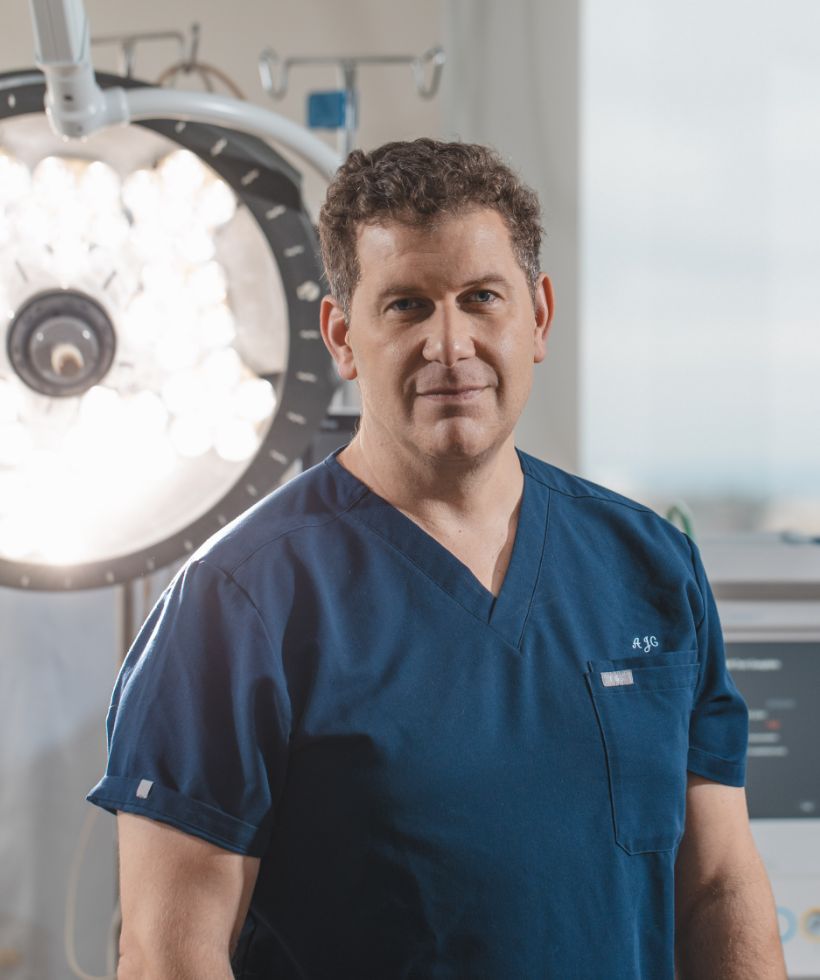Fat Transfer (Grafting)
What Does It Mean to Undergo Fat Transfer?
Fat transfer, or fat grafting, combines two beneficial enhancement procedures in one. Fat is removed with liposuction from troublesome areas such as the abdomen, flanks, hips, thighs, and / or back. It is then purified and injected into another area to produce subtle, natural volume enhancement. Fat grafting can be thought of as spackling for the body- it improves contour irregularities and smooths overlying skin by adding volume to the existing subcutaneous tissue (fat).
Get In Touch
Areas of the Body Frequently Benefitted by Fat Transfer
Breasts
- Fat may be injected into the breasts during a breast revision or mastopexy (lift) to modestly increase the overall size of the breasts in patients who wish to avoid synthetic implants
- Often used during breast reconstruction to provide additional volume or smooth indentations resulting from a mastectomy or lumpectomy
Face
- Fat is injected into the hollows of the face, including the forehead, temples, under the eyes, cheeks, lips or deep furrows / grooves of the face
- Most often performed as part of a facelift / neck lift procedure and corrects age-related facial volume loss
- Provides permanent volume when compared to absorbable synthetic facial fillers
Hands
- Fat is injected into the dorsum (back) of the hands to replace age-related volume loss and soften the appearance of prominent veins and / or tendons
Scar Indentation
- Fat is injected under a scar or area of indentation to improve appearance
Fat Transfer (Grafting) FAQs
Q: What type of anesthesia is used during fat transfer?
A: Fat transfer can be performed using local anesthesia only. However, depending on the extent of fat removal, or if it is being combined with additional procedures, general anesthesia may be used to ensure one’s comfort.
Q: Will there be scars after my fat transfer?
A: Depending on the procedure being performed, fat may be removed through existing incisions or through several, small (3-4mm) incisions. Grafting of the fat is performed with very small (~1mm) blunt needles, or canulas (blunt tipped needles), that leave an almost imperceptible scar.
Q: Are the results of fat transfer permanent?
A: There will be some initial volume loss after your fat transfer as the body absorbs roughly 30% of the grafted fat. However, any fat that remains after 3 months will provide permanent enhancement. As the fat that is grafted is still responsive to the overall hormonal environment of one’s body, large fluctuations in weight can cause the grafted fat to swell or shrink.
Q: Will I require more than one fat grafting procedure?
A: Given that the body absorbs roughly 30% of the fat that is transferred, more than one round of fat grafting may be required depending upon the volume or contour that is trying to be improved. Dr. Gougoutas will be able to give you a sense of how many rounds of fat grafting may be required to achieve your desired result at the time of your consultation.
